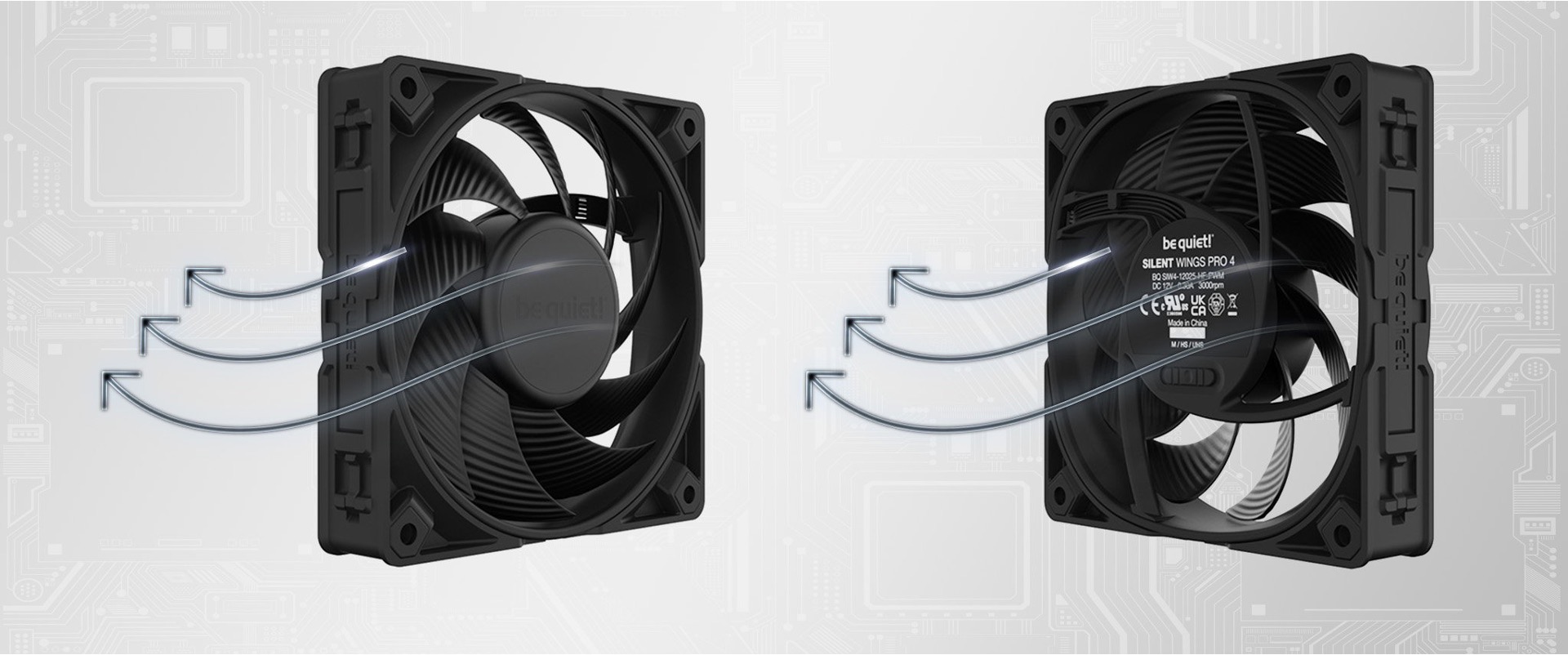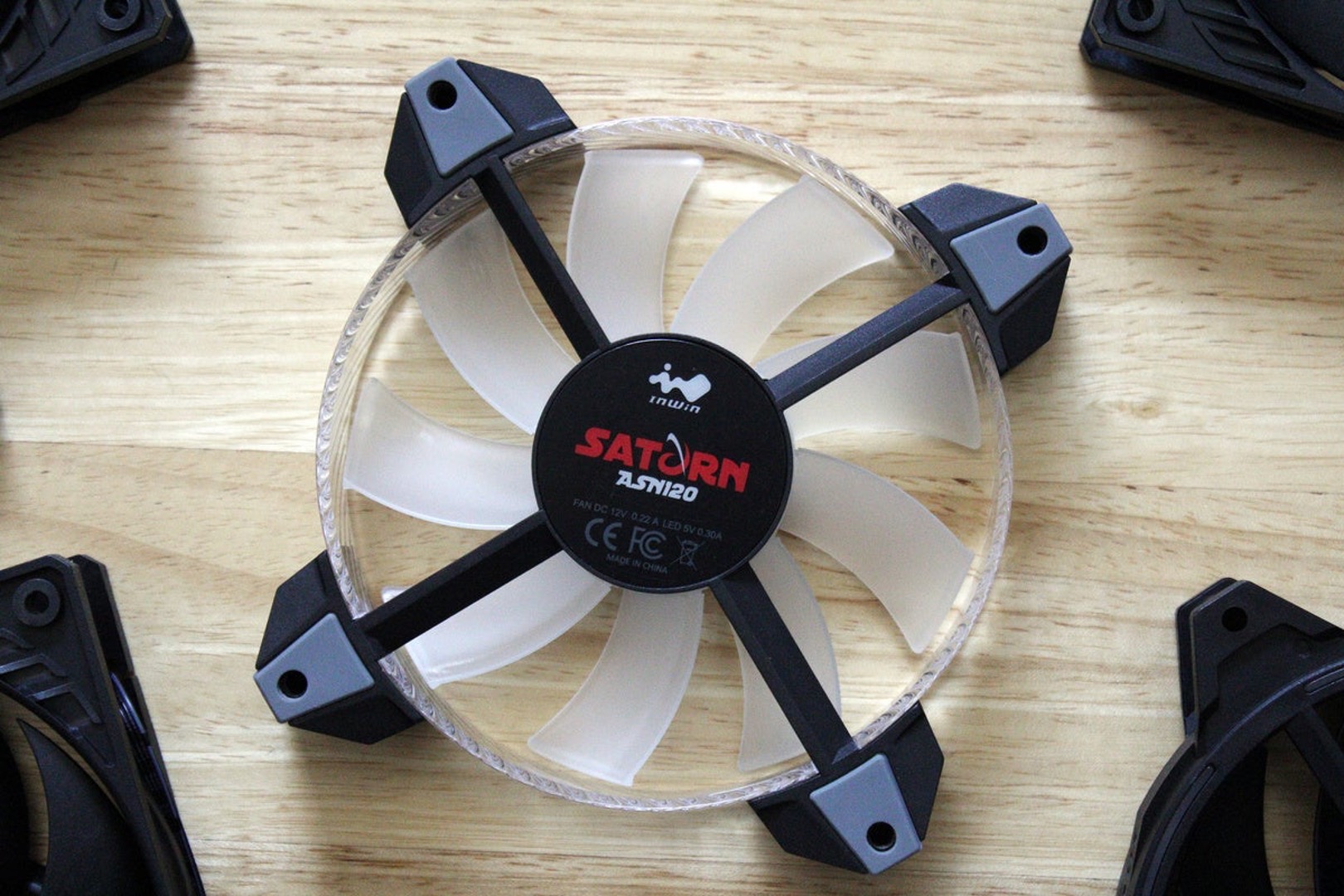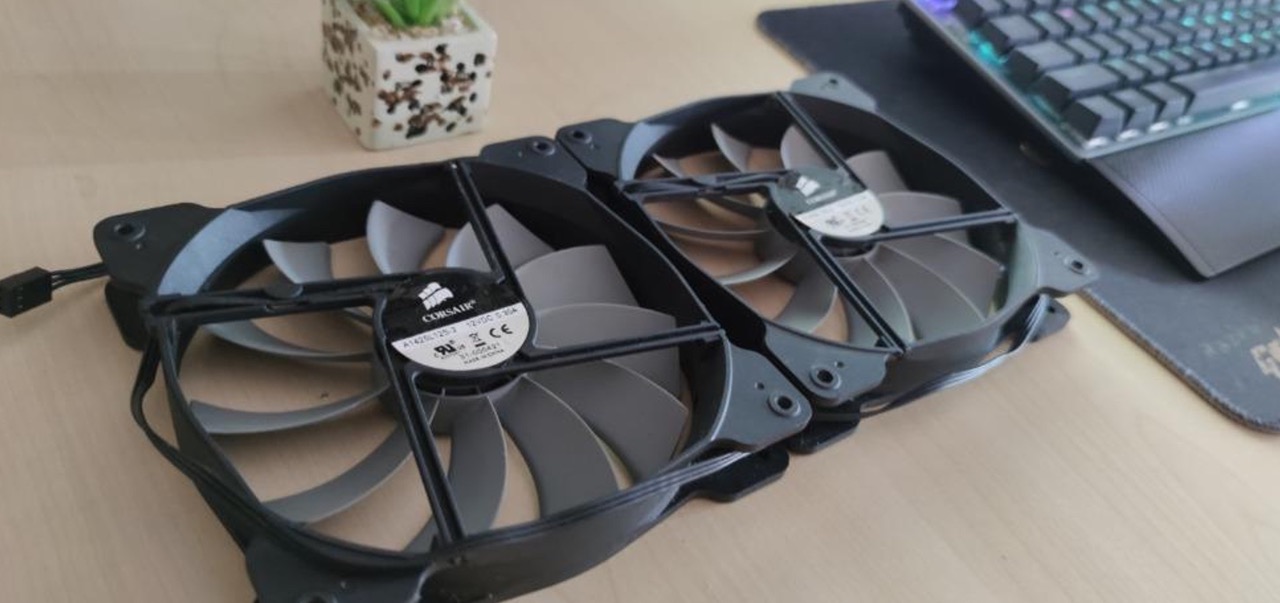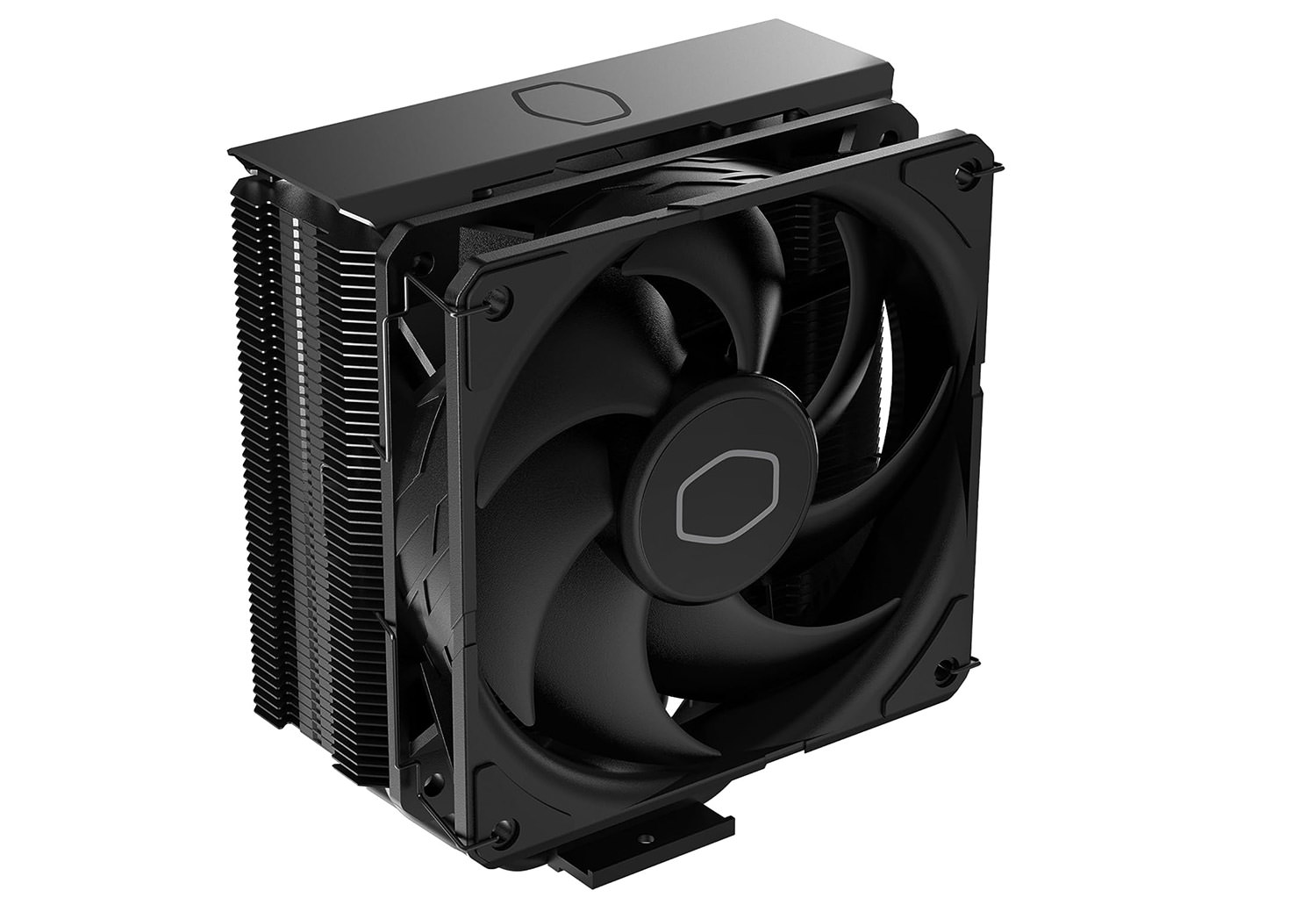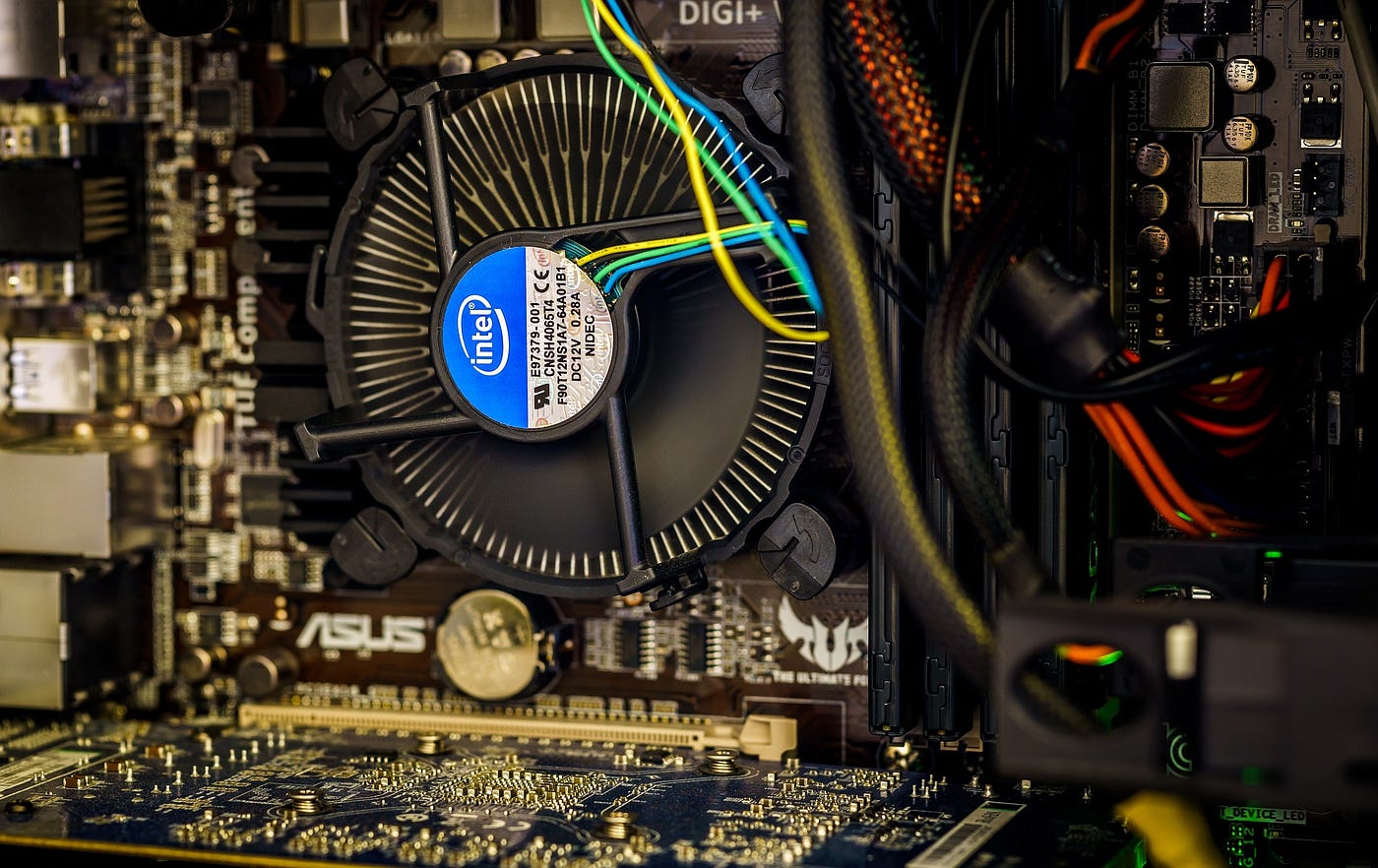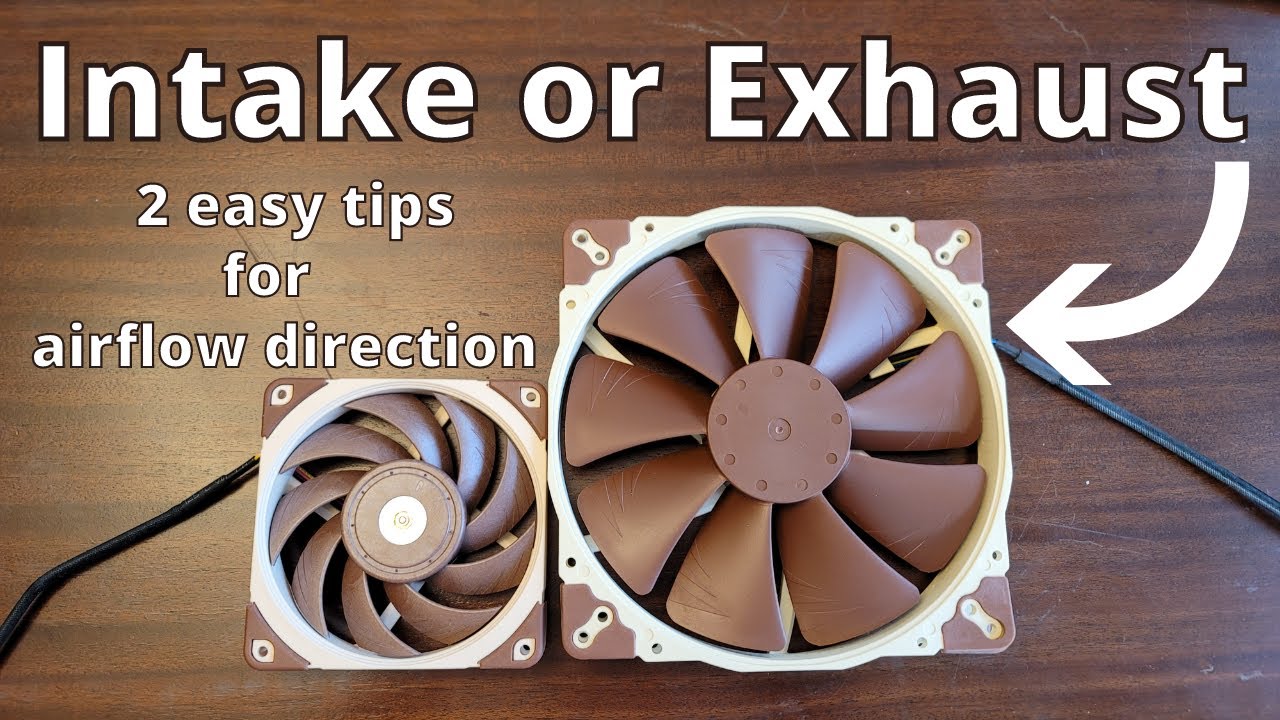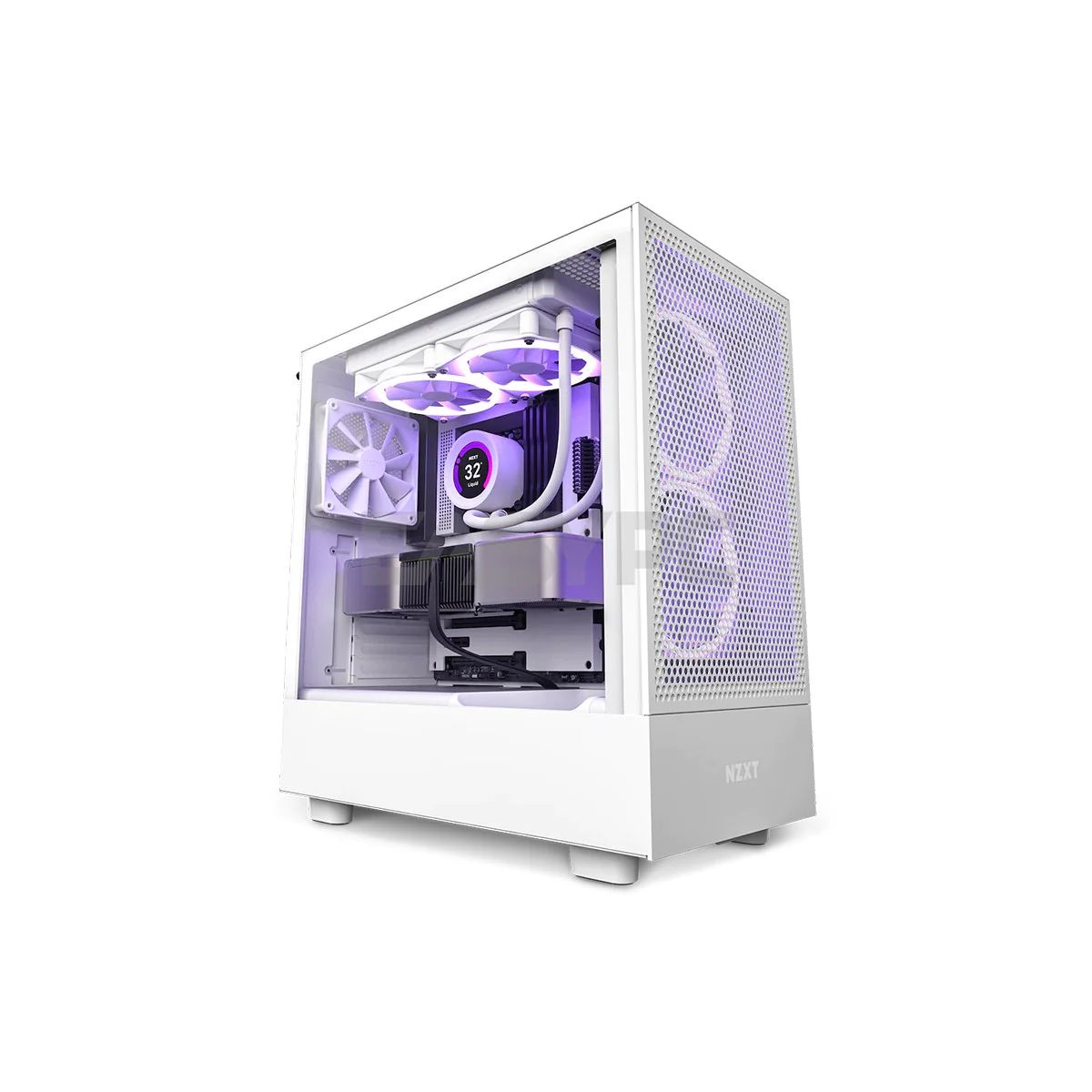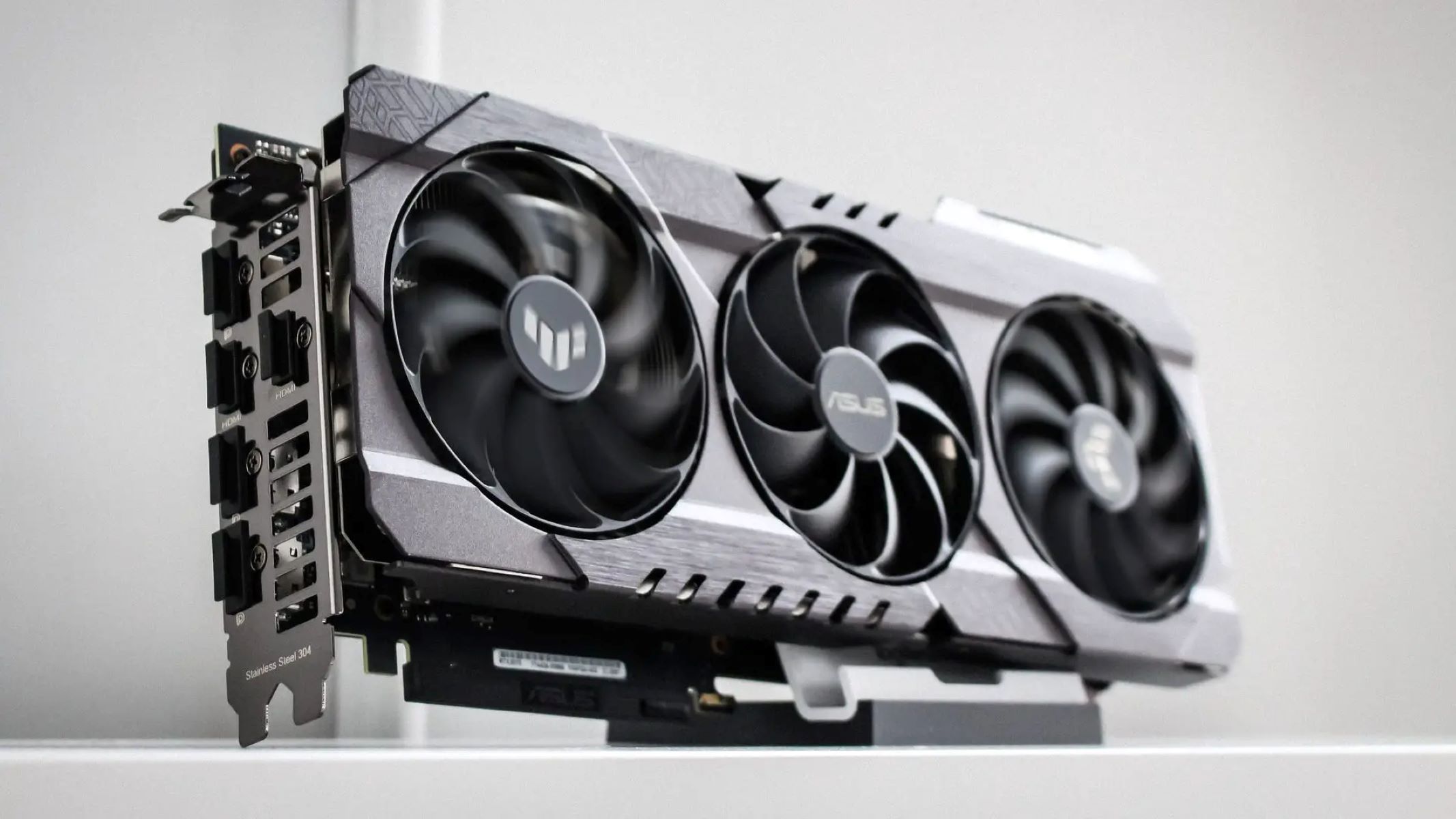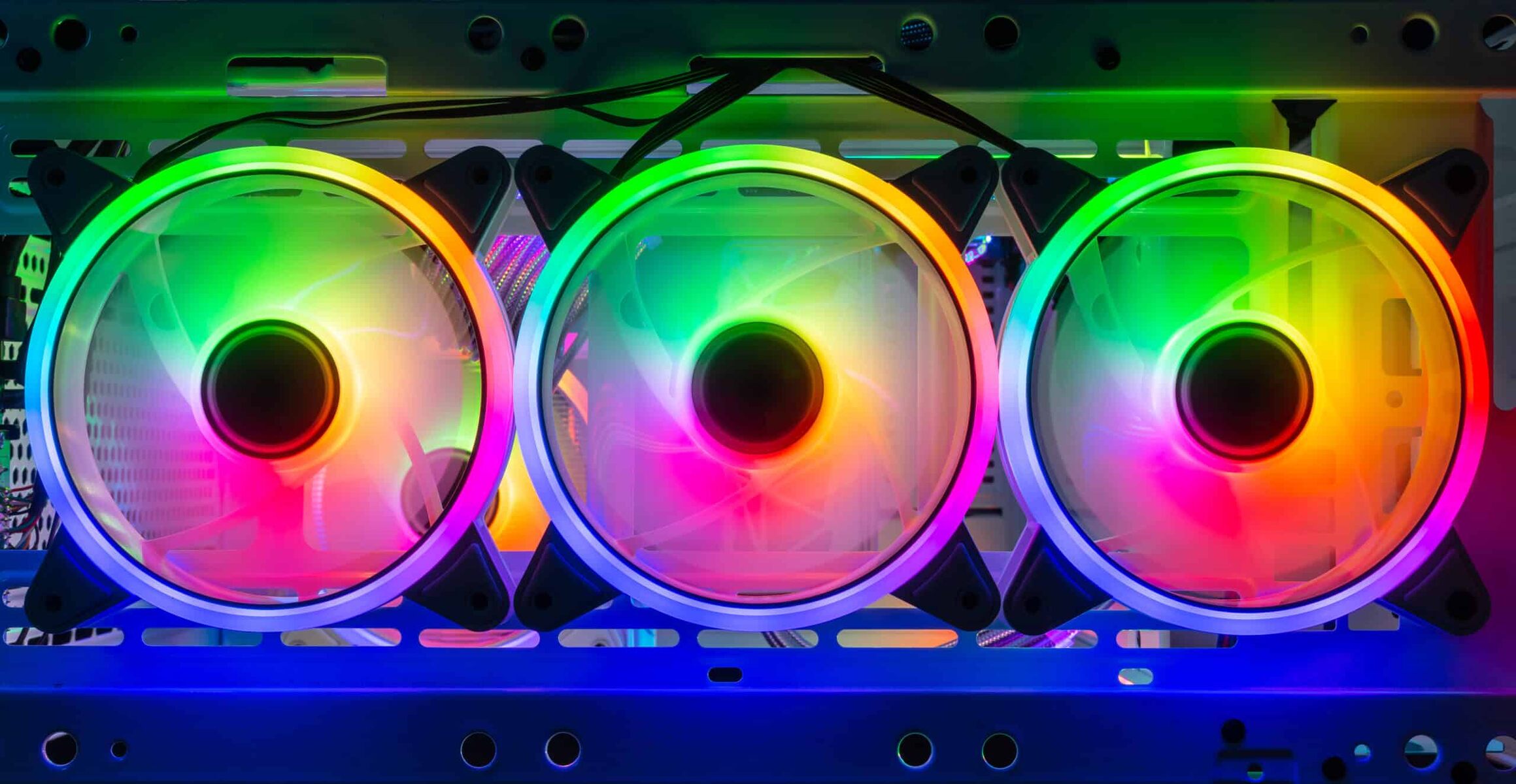Reasons to Reverse Flow Direction on a CPU Case Fan
When it comes to keeping your computer cool and running smoothly, a properly functioning CPU case fan is essential. The flow direction of the fan plays a crucial role in regulating the temperature inside the case. While the default flow direction is set by the manufacturer, there are some instances where reversing the flow direction can be advantageous. In this article, we will explore the reasons why you might consider reversing the flow direction on your CPU case fan.
1. Improved Cooling Efficiency: Reversing the flow direction of the CPU case fan can help improve cooling efficiency, especially in situations where hot air tends to accumulate near the CPU area. By reversing the flow, you can create a more efficient air circulation pattern, ensuring that the hot air is expelled more effectively from the case.
2. Dust Management: Dust accumulation can severely impact the performance and lifespan of your computer components. By reversing the flow direction, you can prevent dust from settling on sensitive components such as the CPU, GPU, and motherboard. The reversed flow pushes air away from these components, minimizing the dust buildup and reducing the need for frequent cleaning.
3. Noise Reduction: CPU case fans can sometimes generate significant noise, which can be distracting and bothersome, especially during intensive tasks or gaming sessions. Reversing the flow direction can help reduce noise levels by optimizing the fan’s position in relation to the components. This rearrangement can alleviate air turbulence, resulting in quieter operation.
4. Improved Cable Management: Cable management is crucial for maintaining a clean and organized computer setup. However, cables can obstruct the natural airflow within the case, leading to increased temperatures. Reversing the flow direction allows you to reposition the cables more effectively, ensuring they do not impede the airflow and contribute to heat buildup.
5. Enhanced Component Lifespan: Excessive heat can shorten the lifespan of various computer components. By reversing the flow direction and maintaining optimal temperatures, you can extend the life expectancy of your CPU, GPU, RAM, and other critical components. This can lead to better performance and longevity, ultimately saving you money in the long run.
By considering these reasons, you can determine whether reversing the flow direction of your CPU case fan is beneficial for your specific computer setup. Keep in mind that each computer configuration is unique, and it’s important to carefully monitor the temperatures and performance of your system after making any changes.
What is a CPU Case Fan?
A CPU case fan, also known as a computer fan or cooling fan, is a vital component in maintaining the optimal temperature of your computer’s central processing unit (CPU) and other internal components. Its primary function is to circulate air and dissipate heat generated by the CPU and other heat-producing components inside the computer case.
The CPU case fan is typically mounted on the rear or side panel of the computer case, near the CPU and heat sink. It consists of various parts, including the fan blades, motor, hub, and a housing that encloses the fan mechanism. Most CPU case fans have a standard size of 120mm or 140mm, but there are also smaller and larger options available.
As the CPU and other components in a computer generate heat during operation, the CPU case fan actively draws in cooler air from outside the case or from other parts of the interior. It then directs this air towards the CPU and surrounding components, effectively lowering their temperature. The heated air is expelled out of the case through ventilation grilles or exhaust fans, completing the airflow cycle.
The CPU case fan connects to the motherboard or a fan controller using a three or four-pin connector. This allows the fan speed and operation to be controlled, either automatically based on the CPU temperature or manually through software or BIOS settings. The fan speed is typically measured in revolutions per minute (RPM), with higher RPM indicating faster airflow.
Modern CPU case fans often come with advanced features such as PWM (Pulse Width Modulation) control, which allows for precise and efficient speed regulation, and built-in LED lights for aesthetic purposes. Some high-performance CPU case fans may also offer static pressure optimization for use with more restrictive airflow scenarios, such as when the fan is mounted against a radiator or heatsink.
Proper maintenance and regular cleaning of the CPU case fan are essential to ensure uninterrupted and efficient cooling. Over time, dust and debris can accumulate on the fan blades and inside the housing, impeding airflow and reducing cooling performance. Cleaning the fan every few months with compressed air or a soft brush can help maintain optimal cooling efficiency and extend the lifespan of the fan.
Overall, a CPU case fan plays a critical role in keeping your computer’s temperature in check, preventing overheating, and ensuring the stable and reliable performance of your system. By properly understanding its purpose and importance, you can make informed decisions regarding its configuration and maintenance for your specific computer setup.
Understanding Flow Direction
Flow direction refers to the direction in which the air moves when the CPU case fan is in operation. By default, the fan is designed to pull air from one side and expel it from the other, creating a specific airflow pattern inside the computer case. It’s essential to understand the flow direction as it can impact the overall cooling efficiency and component temperatures.
The flow direction of a CPU case fan is determined by the orientation of the fan blades and the direction of rotation. In most cases, the fan is designed to blow air towards the heatsink or radiator, primarily focusing on dissipating heat from the CPU. This setup ensures that cool air is directed to the heat-producing components, effectively cooling them down.
When installing a CPU case fan, it’s crucial to pay attention to the airflow arrows or labels on the fan itself. These indicators will guide you on the proper orientation for optimal flow direction. A common convention is to position the fan so that the airflow is directed towards the rear or top of the case, where additional exhaust fans or ventilation grilles are located.
It’s important to note that the flow direction of the CPU case fan should align with the overall airflow pattern inside the computer case. In a typical setup, cool air is drawn in from the front or bottom of the case, guided through the components, and expelled towards the rear or top. This helps create a consistent and efficient airflow that promotes cooling.
Reversing the flow direction on a CPU case fan involves changing the orientation of the fan blades or altering the direction of rotation. This is done to redirect the airflow or address specific cooling needs in the computer case. However, it’s important to consider the consequences and impacts before making any changes.
Some factors to keep in mind when considering reversing the flow direction include the overall ventilation layout of the case, the positioning of other fans or heat sinks, and the presence of obstructions that could impede airflow. It’s advisable to consult the computer case and fan manufacturer’s documentation or support resources before attempting any modifications.
In certain scenarios, such as when using an unconventional cooling setup or addressing specific temperature issues, reversing the flow direction can offer benefits. However, it’s crucial to monitor the temperatures and performance of the system after the change to ensure that it is effective and does not compromise the overall cooling efficiency.
Understanding the flow direction of the CPU case fan is essential for maintaining optimal cooling in your computer. By aligning the fan’s orientation with the overall airflow pattern, you can ensure that heat is efficiently dissipated, preventing overheating and improving the overall performance and longevity of your system.
Benefits of Reversing Flow Direction
While the default flow direction of a CPU case fan is set by the manufacturer and is generally sufficient for most computer setups, there are situations where reversing the flow direction can offer specific benefits. Understanding these advantages can help you determine if reversing the flow direction is appropriate for your computer cooling needs.
1. Improved Cooling Efficiency: Reversing the flow direction of the CPU case fan can enhance cooling efficiency by creating a more optimal airflow pattern. This is particularly beneficial when hot air tends to accumulate near the CPU area. By reversing the flow, you can ensure that cool air is directed towards the heat-generating components more effectively, resulting in better thermoregulation.
2. Dust Management: Reversing the flow direction can help mitigate dust accumulation on sensitive components such as the CPU, GPU, and motherboard. When the fan blows air away from these components, it reduces the likelihood of dust settling on them. This minimizes the need for frequent cleaning and extends the lifespan of your computer’s components.
3. Noise Reduction: CPU case fans sometimes produce noticeable noise levels, which can be disruptive during demanding tasks or when using the computer for extended periods. Reversing the flow direction can help reduce noise by optimizing the position of the fan in relation to other components. This adjustment can minimize air turbulence and result in quieter operation overall.
4. Enhanced Cable Management: Reversing the flow direction allows you to reposition cables more effectively, ensuring they do not obstruct the natural airflow inside the case. Proper cable management promotes better airflow and prevents heat buildup. Reversing the flow direction can help create a cleaner and more organized interior while contributing to improved cooling.
5. Temperature Regulation: By reversing the flow direction, you can potentially achieve better temperature regulation for specific components within the computer case. This can be especially useful if you are dealing with hot spots or if certain components require extra cooling. Reversing the flow direction allows you to redirect airflow and focus it where it is needed most.
Overall, reversing the flow direction on a CPU case fan can offer several advantages in terms of cooling efficiency, dust management, noise reduction, cable management, and temperature regulation. However, it’s important to evaluate your specific computer setup and consider any potential limitations or constraints before making this change. Monitoring your system’s temperatures and performance after reversing the flow direction is crucial to ensure that the adjustments have the desired effect without any adverse consequences.
Precautions to Consider
While reversing the flow direction on a CPU case fan can bring certain benefits, it’s essential to take certain precautions to ensure that the change is implemented correctly and does not cause any adverse effects on your computer’s performance or cooling capabilities. Here are some precautions to consider before reversing the flow direction:
1. Compatibility: Ensure that your CPU case fan is designed to be reversible. Not all fans have the capability to change the flow direction, so it’s important to verify this information in the fan’s specifications or documentation. Attempting to reverse the flow direction on a non-reversible fan can lead to damage or suboptimal performance.
2. Consider Manufacturer Recommendations: Check the manufacturer’s documentation or website for any specific guidelines or recommendations regarding reversing the flow direction. Some manufacturers may provide instructions or warnings relating to specific models or configurations.
3. Heat Sink Orientation: When reversing the flow direction, consider the positioning of the heat sink. The heat sink is responsible for dissipating heat from the CPU, and its orientation can impact cooling performance. Ensure that the heat sink aligns with the new flow direction and that there is sufficient airflow around it to effectively cool the CPU.
4. Monitor Temperatures: After reversing the flow direction, closely monitor the temperatures of your CPU and other heat-generating components. Use software monitoring tools or the BIOS to keep track of temperature fluctuations. If you notice any significant increases in temperature or instability, consider reverting to the original flow direction or exploring alternative cooling solutions.
5. Balance Airflow: Ensure that the reversed flow direction does not disrupt the overall airflow pattern within the computer case. Achieving proper balance in airflow is crucial for effective cooling. Consider the positions of other fans in the case, including intake and exhaust fans, and make necessary adjustments to maintain a balanced airflow throughout the system.
6. Cable Management: Pay attention to cable management when reversing the flow direction. Ensure that cables are neatly organized and do not obstruct the airflow or come into contact with the fan blades. Proper cable management promotes efficient airflow and reduces the risk of tangling or damaging cables.
7. Regular Maintenance: Reversing the flow direction may impact the accumulation of dust and debris inside the computer case. Monitor the cleanliness of the components and perform regular cleaning to prevent dust buildup, which can hinder cooling performance. Use compressed air or specialized cleaning tools to remove dust from the fan blades, heat sink, and other components.
By taking these precautions, you can minimize the risks associated with reversing the flow direction on your CPU case fan. It’s important to carefully assess your specific computer setup and consult the manufacturer’s recommendations to ensure compatibility and optimal performance. Regular monitoring and maintenance are key to keeping your system cool and running smoothly.
Step-by-Step Guide to Reversing Flow Direction
If you’ve decided to reverse the flow direction on your CPU case fan, follow these step-by-step instructions to safely and effectively make the change:
Step 1: Shutdown and Unplug: Before making any modifications to your computer, shut it down properly and unplug it from the power source. This ensures that there is no electricity running through the system during the process.
Step 2: Open the Computer Case: Remove the side panel of your computer case to access the interior. The method for opening the case may vary depending on the type of case you have. Consult the case manual or manufacturer’s website for specific instructions.
Step 3: Locate the CPU Case Fan: Locate the CPU case fan that you wish to reverse the flow direction of. Take note of the existing airflow direction. This can usually be identified by airflow arrows labeled on the fan or indicators on the fan frame.
Step 4: Remove the Fan: Carefully disconnect the fan power cable from the motherboard or the fan controller. Keep in mind that some fans may have additional connectors for RGB lighting or fan control. Gently remove any securing screws or clips that hold the fan in place.
Step 5: Reverse the Fan Orientation: Based on the existing airflow direction, determine the necessary orientation change to reverse the flow direction. Most fans can be flipped or rotated to achieve this. Refer to the fan’s documentation or manufacturer’s instructions for guidance on the correct orientation change.
Step 6: Reinstall the Fan: Carefully position the fan back into its original mounting location, ensuring that it is securely fastened. Make sure the fan blades are clear of any obstructions and that the airflow direction is now reversed as desired. Reconnect the fan power cable to the appropriate connector on the motherboard or fan controller.
Step 7: Close the Computer Case: After confirming that the fan is correctly installed and the airflow direction is reversed, reattach the side panel of the computer case. Use the proper method for closing the case, following the instructions specific to your case model.
Step 8: Power On and Monitor: Plug in your computer and power it on. As the system boots up, carefully monitor the temperatures and performance to ensure that the flow direction change has been successful and is not causing any issues. Use monitoring software or BIOS settings to track temperature changes and ensure safe operating conditions.
By following these steps, you can safely and effectively reverse the flow direction on your CPU case fan. However, it’s important to remember that each computer setup is unique, and the process may vary. Always consult the fan manufacturer’s documentation and consider any additional recommendations or guidelines provided.
Testing and Monitoring the Reversed Flow
Once you have reversed the flow direction on your CPU case fan, it’s crucial to test and monitor the system to ensure that the change has been successful and is delivering the desired results. Testing and monitoring will help you determine if the reversed flow direction is effectively cooling your components and maintaining optimal temperatures. Here’s a step-by-step guide on testing and monitoring the reversed flow:
Step 1: Power On and Observe: Start your computer and carefully observe the fan’s operation. Check if it is spinning smoothly and if the airflow appears to be moving in the intended direction, away from the targeted components.
Step 2: Monitor Component Temperatures: Use software monitoring tools or access the BIOS to monitor the temperatures of your CPU and other critical components. Keep an eye on any temperature changes or anomalies compared to the previous flow direction. Ensure that the temperatures remain within safe limits during normal operation and do not excessively increase under heavy loads.
Step 3: Conduct Stress Tests: Run stress tests or intensive tasks that push your system’s performance to evaluate how the reversed flow direction handles increased heat generation. Monitor the temperatures closely during these tests and ensure that they are stable and do not reach unsafe levels. If you notice any significant temperature spikes or instability, consider reverting the flow direction or employing alternative cooling solutions.
Step 4: Check for Dust Accumulation: Regularly inspect the components, particularly the CPU and other heat-generating parts, for dust accumulation. Reversing the flow direction may impact the accumulation pattern. If you notice excessive dust buildup, consider adjusting your cleaning schedule to address any new areas prone to accumulation.
Step 5: Listen for Noise Levels: Pay attention to the noise levels produced by the fan. Reversed flow direction may result in changes in noise levels or potential vibrations. Ensure that the fan is operating quietly and any noise is within acceptable limits. If you notice any unusual noises or excessive vibrations, inspect the fan’s placement and the overall system configuration for potential issues.
Step 6: Evaluate Cooling Efficiency: Assess the overall cooling efficiency of your system with the reversed flow direction. Monitor the temperatures of different components over an extended period to ensure that they consistently remain within safe operating ranges. Consider stress-testing the system periodically and comparing the results to the benchmarks established with the previous flow direction.
Step 7: Make Adjustments if Necessary: If you encounter any issues or notice suboptimal cooling performance with the reversed flow direction, consider making adjustments. This may involve repositioning the fan, optimizing cable management, adding additional case fans, or even seeking alternative cooling solutions that better suit your specific requirements.
Regularly test and monitor your system after reversing the flow direction to ensure that the change is effective and aligns with your cooling goals. By closely monitoring temperatures, evaluating cooling efficiency, and making necessary adjustments, you can maintain a well-cooled and stable computer system.
Conclusion
Reversing the flow direction on a CPU case fan can provide several benefits in terms of cooling efficiency, dust management, noise reduction, cable management, and temperature regulation. However, before making any changes, it’s important to consider the compatibility with your fan, consult manufacturer recommendations, and take necessary precautions.
Understanding the flow direction and its impact on overall airflow pattern is crucial for maintaining optimal cooling in your computer. The step-by-step guide provided can help you safely and effectively reverse the flow direction of your CPU case fan, but it’s essential to monitor temperatures, test the system, and make adjustments if necessary.
Remember to regularly clean your fan and components to prevent dust buildup, which can impede cooling performance. Additionally, maintain proper cable management and balance airflow to ensure efficient cooling and prevent heat buildup in the case.
Ultimately, each computer setup is unique, and the decision to reverse the flow direction should be based on your specific needs and requirements. Consider the benefits and potential drawbacks carefully and observe the impact of the change on your system’s temperatures and overall performance.
By making informed decisions and taking proper precautions, you can optimize your CPU case fan’s flow direction and create an efficient and effective cooling setup for your computer, resulting in better performance, improved longevity of components, and a more pleasant computing experience.







